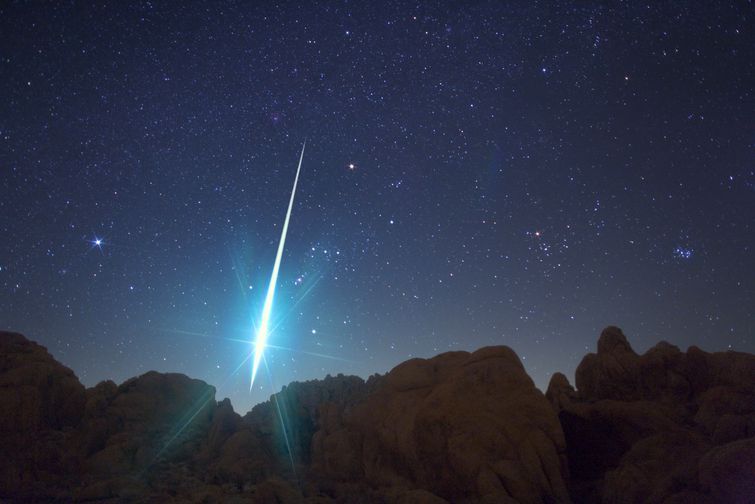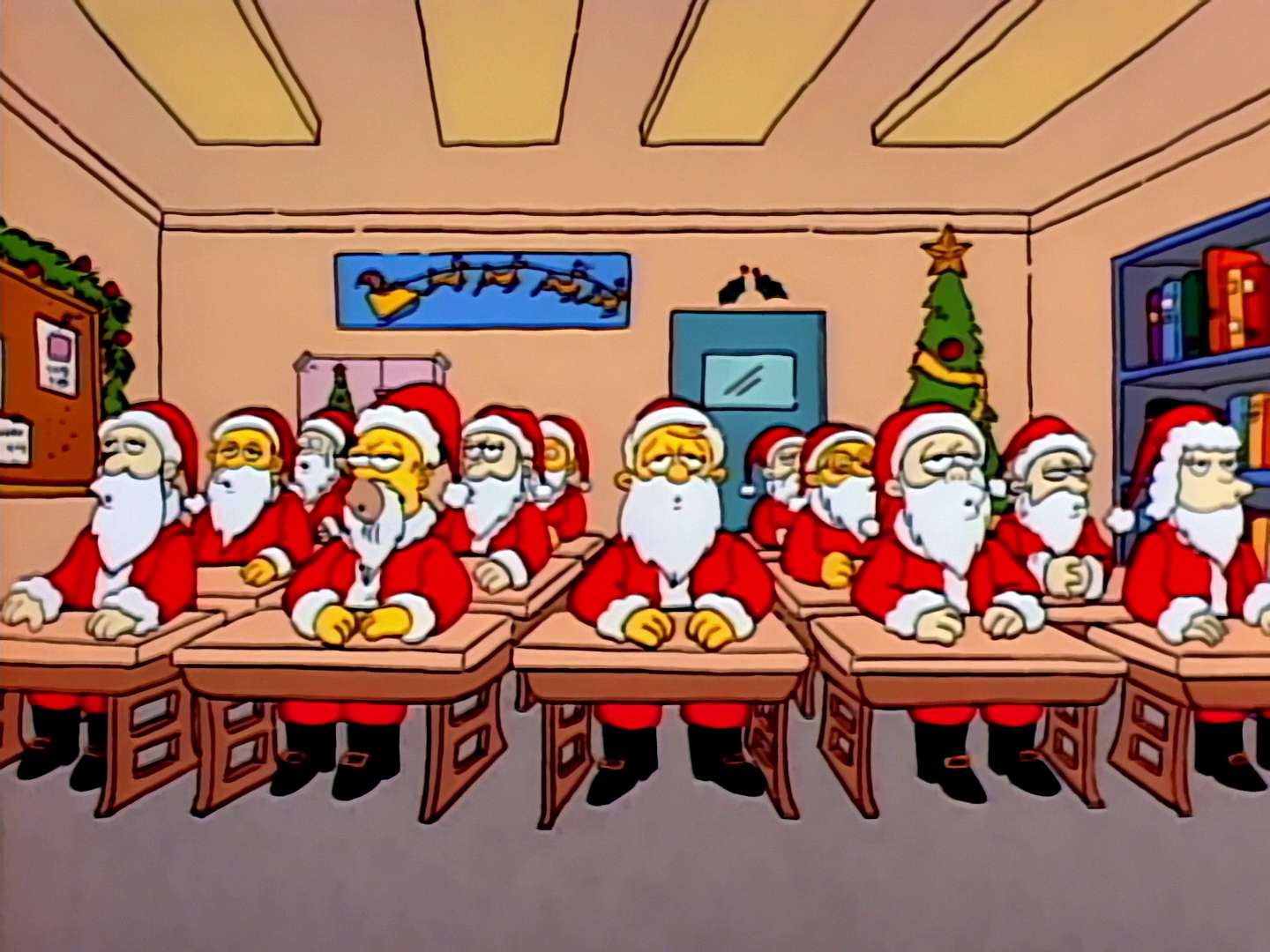Saturday, December 27, 2014
Wow
Over 20,000 views on the website, that is great. Probably should have monetized. Enjoy the history everyone!
Tuesday, December 23, 2014
Happy Break
I hope you are all doing well and dry (hope this rain lets up). I hope you all have a fantastic break and are safe with any travels you may do. So many of you were so kind and generous, especially with the sweets so I might need to be rolled into class come the new year. Thank you all so much though, completely unnecessary but totally appreciated. A few kiddos went home with thank you cards, but anything from today will need to wait till after break, I couldn't keep up!
Anyways, please remember your children have history projects due the week after break. 5th grade has their projects due on 1/15 and the 6th due on 1/12. Have a great break!
Monday, December 22, 2014
ON THE TECHNICAL EXPLANATION FOR SANTA CLAUS'S ABILITY TO DELIVER PRESENTS WORLDWIDE IN A SINGLE NIGHT
Many of you know that besides history, I also love science. This is a fantastic look and the history and science of Santa. Look here.
Here is a webquest about the origins of Santa!
Friday, December 12, 2014
5th Grade Test
5th Grade will be having their test on the Hebrews on Wednesday, 12/17. Study guide went out today and can again be found here.
One of the best meteor showers of the year is coming Saturday and Sunday nights

This Saturday and Sunday night, head outside to see one of the year's best meteor showers: the Geminids.
Every year around this time, Earth crosses into a trail of debris thrown off by the asteroid 3200 Phaethon. As these tiny pieces of rock descend through our atmosphere, they burn up, producing shooting stars visible to the naked eye.
EARTH WILL CROSS INTO A TRAIL OF DEBRIS THROWN OFF BY A COMET
The shower will peak early Saturday morning, but experts say that both nights should feature a good number of meteors — somewhere around 50 to 60 per hour. Still, even though the Geminids is annually one of the most consistent and active meteor showers, that only works out to roughly one meteor per minute, so don't head outside with the expectation of seeing a one immediately.
Instead, you should head outside, get comfortable, let your eyes adjust to the dark, and stare at the sky — so you can see the shooting streaks of light that result from Earth colliding with a stream of asteroid dust.
What causes the meteor shower
/cdn0.vox-cdn.com/uploads/chorus_asset/file/2544480/11403461203_d8ca526d99_o.0.jpg)
A photo of the 2013 shower taken in Germany. (Dirk Essl)
The majority of meteor showers are caused by Earth passing through debris left by comets. This one is different, because it's caused by dust from an asteroid, not a comet.
Comets and asteroids are both relatively small pieces of rock that orbit the sun, but there are some differences: comets are chunks of ice and rock, and have very elliptical orbits (so they go extremely far out to the edges of the solar system, then come back in), whereas asteroids are mostly made of rock and metal, and most have more circular orbits.
As a result, Earth seldom crosses the path of most asteroids, because they orbit the Sun farther out, between Mars and Jupiter. 3200 Phaethon, however, has an elliptical orbit that brings it closer in — it sometimes travels farther out than Mars, but also comes extremely close to the Sun (twice as close as Mercury), causing dust to stream from it and form a comet-like tail. This is the reason that scientists disagree over how to categorize 3200 Phaethon, with some calling it a hybrid "rock comet."
/cdn0.vox-cdn.com/uploads/chorus_asset/file/2544444/Phaethon_orbit.0.jpg)
The orbit of 3200 Phaethon. (Sky and Telescope)
Regardless of its official designation, every year in mid-December, Earth passes through its orbit, encountering a trail of debris. It doesn't pose any danger to us, but it causes a shower of meteors — and because they appear to come from the constellation Gemini, the shower is called the Geminids.
However, though the shower was first observed in 1862, no one knew what caused it until 1983, when NASA's IRAS satellite spotted the asteroid and astronomers realized that its orbit made it a likely candidate. In 2009, another spacecraft observed it ejecting dust as it neared the sun, and most scientists now believe it is responsible for the meteor shower.
How to see the meteor shower
The shower will peak very early Sunday morning — regardless of where you live — but it's expected to produce a fair amount of meteors both Saturday and Sunday nights, starting around 10 pm and lasting until dawn.
The darker it is, the more meteors you'll be able to see, so rural areas are much better than cities. That being said, even within a developed area, just getting away from bright streetlights will help you see the meteors much better.
/cdn0.vox-cdn.com/uploads/chorus_asset/file/2544454/Geminids_2014_1920x1080_edited-1.0.jpg)
Where to look for the meteors. (Sky and Telescope)
Though they'll all appear to come from the Gemini constellation, towards the East (for people in the Northern hemisphere), they'll streak across the entire sky as they burn up in Earth's atmosphere, so anywhere you can get a wide open view of the sky is best.
Even though this is a relatively active shower — in some years, the most active — it will still only feature a meteor every minute or so, and they can be easily missed. So to see them, you'll have to be patient. You won't need a telescope.
Right now, forecasts call for some cloud cover in the Southwest and Southeast, and many parts of the country are also experiencing frigid temperatures. But if clouds or cold are going to ruin the shower for you, there are live streams of the shower — from NASA and the Slooh Community Observatory — online.
Monday, December 8, 2014
Thursday, December 4, 2014
Great Job Tonight!
I am so proud of everyone that performed tonight. FCCS has some wonderful talent!
Monday, December 1, 2014
Toga time... and work on those projects!
Thanks Ms. Roper for the awesome time. Latin is awesome with Ms. Roper.
Don't forget, get started on those projects!
Don't forget, get started on those projects!
Subscribe to:
Posts (Atom)




